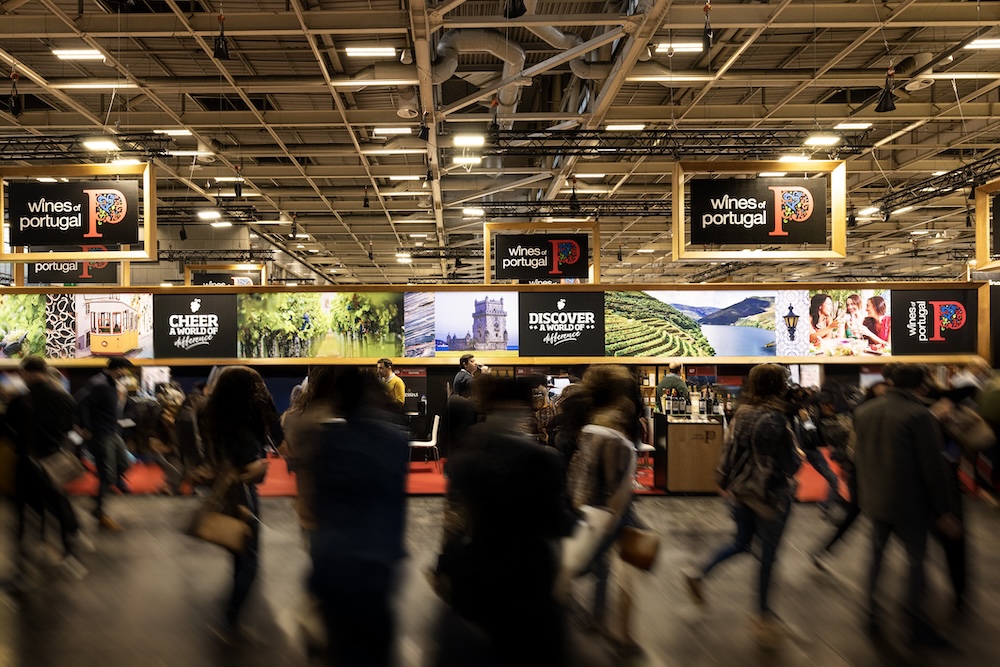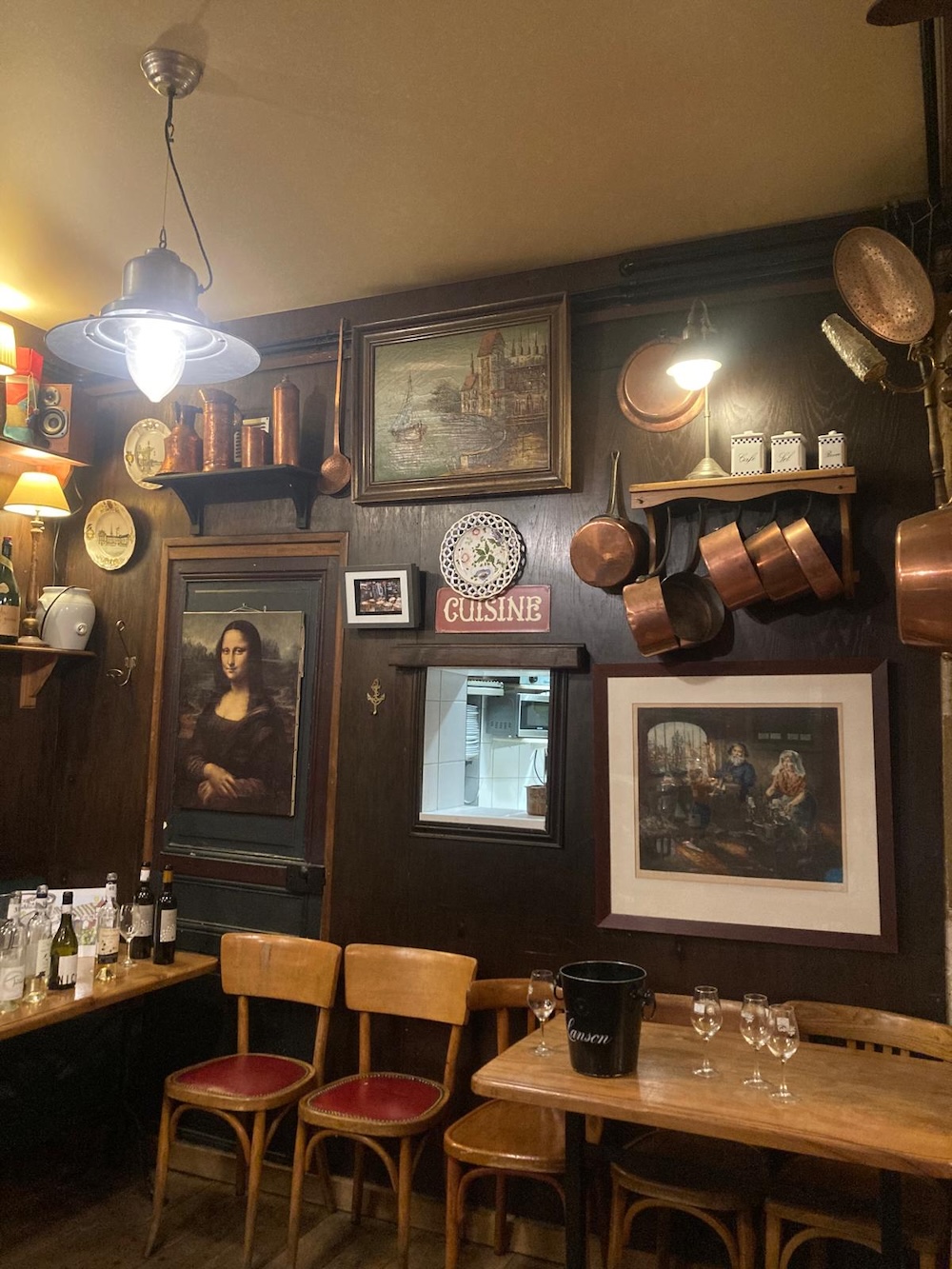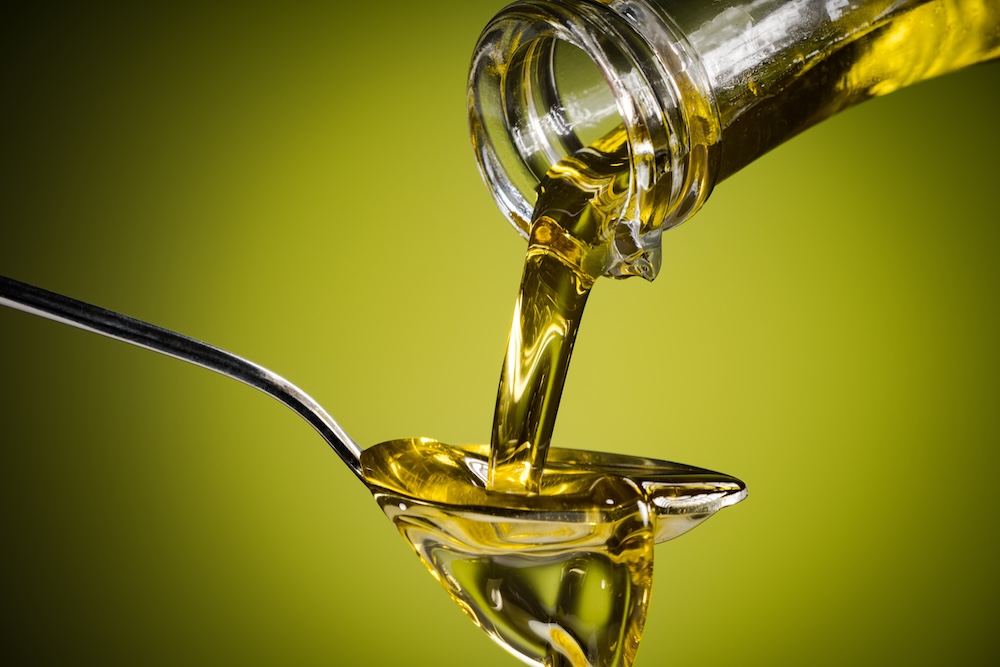
Discovery

Discovery
By Jean-Paul Burias – Photographs: courtesy of the estates, posted on 19 May 2025
Red wines remain in the minority in Provence’s colour spectrum, overshadowed by the region’s rosés, despite the fact they are made from the same grape varieties. These are wines with appeal, though, invariably show true sense of place and encapsulating the expertise of winegrowers who have made it their mission to promote them, much to the delight of their customers.
The facts are as irrefutable as they are unfair. Renowned and acclaimed worldwide, Provence rosés reign supreme over the region’s three colours of wine. Despite this, its powerful, tannic reds have many positive attributes, showcasing a deep crimson hue, fruitiness and robust characters. Rooted in the ancient crystalline hills with their hard rocky terrain, the vineyards grow harmoniously in a Mediterranean climate, spanning a broad varietal range. The three appellations (AOP) that are Côtes-de-Provence, Coteaux d’Aix-en-Provence and Coteaux Varois-en-Provence, produce 89% rosé, 6% white and just 5% red wines. “The region’s winegrowers have specialised in rosé for decades, due to their history, regional culture and development of a bespoke skillset”, stresses Brice Eymard, director of the Provence wine marketing board (CIVP). “For the past few years, market trends, particularly in France, have led to an increase in demand for rosés and, conversely, a drop in demand for reds”. This reality should not, however, detract from the quality of the region’s remarkable red wines. Though their volumes remain marginal, each winegrower adds their own personal touch to the wines by varying grape varieties and maturation techniques. The current customer base is primarily French, with just 3% of the wines shipped abroad, but that by no means implies that Provence reds should not be explored and enjoyed.

Château d’Ollières.
Set amidst the lush landscapes of Provence, Château d'Ollières excels for the quality of its wines, particularly its reds. The former manor boasts a Mediterranean climate combined with significant diurnal shift in the summer. Since 2003, it has been managed by Hubert Rouy and his son Charles. Together, they have restructured the property and equipped it with modern winemaking facilities. Its red wines have three main blending components – Grenache, Syrah and Cabernet Sauvignon. “Rosé is a vital aspect of our identity, but so too are the reds”, explains Charles Rouy. “They can be defined by their abundant freshness and finesse”. The clay-limestone soils give rise to complex, elegant tannin structures with the winemaking process allowing sense of place to fully shine through. “The small market for Provence red wines is most certainly due to the public’s lack of understanding of their qualities”, adds Rouy. “Major companies in France and export markets focus on rosé because they meet the needs of their customers, but in our region you can find superior quality reds with very affordable price tags”.

Charles Rouy, the owner of Château d'Ollières.

Phanette Double in front of Château de Beaupré.
The saga of this Provence institution began in 1855, when Émile Double de Beaupré purchased this estate in the Coteaux d’Aix-en-Provence area. The wine business developed over the years until it took a decisive change in direction in 1971 with the arrival of Christian Double and his wife Marie-Jeanne. They were followed in 2003 by their daughter Phanette Double who, in 2013, converted Château de Beaupré over to organic farming. “We have made it our mission to raise the profile of Provence reds”, she shares. “We market a total of seven red wines, ensuring a complementary range of different styles. The appeal and demand for the wines are on the increase. Customers are quite willing to explore new wines and change their drinking habits”. The red wines boast distinctive character, pervasive fruit and notes that can lean towards spices. In 2023, a new range of four reds was released, Façon Phanette. “I wanted to venture into uncharted territory with our grape varieties”, explains Phanette Double. “The first one is made from old-vine Carignan, the second from single varietal Cinsault, the third is a Syrah-Grenache blend and the fourth is blended from Syrah and Merlot which shows character and great extraction”. Consequently, the rosés here do not overshadow the reds, with 40% of sales for each colour, complemented by 20% of whites.

Phanette Double in her vineyards with her dog at Château de Beaupré.

Château de Crémat built in 1906.
In the heart of the boutique wine region of Bellet stands Château de Crémat. This architectural gem overlooks the city of Nice and since Roman times has been home to vineyards, set between the mountains and the sea. Its 12 hectares under vine were taken over in 2017 by a family of French industrialists passionate about vineyards and a region that basks in sunshine 286 days a year. “Our reds are mostly made from Fuella Nera (Folle noire) which imparts crispness with great acidity and good ageability”, comments sales director Henri Binoche. “They account for a third of our production, on an equal footing with the whites and the rosés”. Provence reds grown in appellations like Bandol and Bellet boast many positive attributes, primarily their uniqueness stemming from the predominant use of late-ripening grape varieties. “Perhaps for the reds you have to accept the fact that they are niche products”, adds Binoche. “However, we are seeing renewed interest. This is the colour that performed the best for us in export markets in 2024, especially in Asia”.

Alain Vallès, the cellar master at Château de Crémat and Domaine Toasc.

The illuminations at Château de Crémat.
The team at Domaine de Toasc.
Another gem in the Alpes-Maritimes region, which enjoys an ideal location in the hills above Nice near the legendary ‘Baie des Anges’, is Domaine de Toasc. Nestled in the Bellet appellation area, it is an absolute viticultural treasure. The reds, labelled IGP Alpes-Maritimes (for the last two vintages) and AOP Bellet, are grown in a picture-postcard setting. They are made primarily from typical appellation grape varieties such as Fuella Nera and Braquet. “Our reds are traditionally fruity, fine and elegant”, says Emmanuel Da Rocha, who runs the cellar door shop. Why Provence red wines still only account for a marginal share of sales remains a mystery, particularly with their excellent ageing potential. Provence is viewed as the home of rosés and customers rarely expect to stumble across fine red wines. “Our customers are often surprised by the quality and originality of our red wines, which continue to be a niche, discovery category”. Demand is tending to grow, though, through leverage of a very fashionable trend which is to promote rare native grape varieties.

Jean Pierre Margan at the helm of Château La Canorgue.
Built on the site of an ancient Roman villa, Château La Canorgue is a favourite spot for visitors in the Luberon national park. Boasting a history spanning over two centuries, the family-owned property has benefited from input by Martine and Jean-Pierre Margan who pioneered organic farming at the start of the 1970s. The coupled passed on their passion and experience to their daughter, fifth-generation Nathalie Margan, who produced her first vintage in 2000. “We produce several reds, like Vendanges de Nathalie, a very fruity, appetising blend of Syrah and Grenache with supple tannins. We also produce La Canorgue Prestige, which is more structured and hinges on the three varieties Syrah, Cabernet and Merlot”. The reds account for 50% of sales, one third in exports. “These beautiful age-worthy wines can also be enjoyed young due to their very fine tannins”, adds Margan. “Combining elegance, fruit and roundness, they can be beautifully paired with many foods and do not have to be laid down to be enjoyed”.

Nathalie, the fifth generation to represent Château La Canorgue.

Gérald Damidot who manages Château Val d’Arenc.
Château Val d’Arenc features among Provence’s most prominent names and is a practitioner of high-end production techniques. Located at the end of a windy lane through the Bandol countryside, its 25 hectares of vines emerge, divided over several tiers of ‘restanques’, where small dry-stone walls are used to retain the soil and the vines. “We have focused our development on red wines, which account for 55% of our volumes, for the past ten years”, explains manager Gérald Damidot. “They offer real value for consumer aspirations”. One of the estate’s unique features is that it takes the opposite approach to the classic trend of powerful, rustic wines. “We focus on freshness and finesse, reining in alcohol content and promoting fine, soft tannins”, adds Damidot. “The aim is to provide great drinkability when the wines are young, offering instant gratification, whilst also imbuing the wines with ageing potential spanning at least a decade”.

Domaine des Bergeries de Haute Provence.
Located 600 metres above sea level, between the Luberon mountain range and the Verdon gorges, Domaine des Bergeries de Haute-Provence stands as one of the most beautiful wine tourism sites in the region. At its helm, Jean-Luc Monteil and Éloïse Massot produced their first vintage in 2020. The vines are farmed organically and biodynamically and the eleven different grape varieties are entirely picked by hand. “The reds hold a 40% share this year, compared with less than 20% for the rosés”, stresses Monteil. “Rosé was so easy to sell in the past that few winegrowers have made the effort to switch to reds with longer maturation times. Despite this, their excellence and their assertive character are starting to resonate with distributors looking for something new”. The two owners have chosen to take an open-minded approach to grape varieties by planting Nebbiolo and Barbera, two iconic grape varieties from Italy’s Piedmont region – the proposition has gone down very well with customers. “Although Provence red wines lack recognition abroad, we are seeing renewed appeal and demand for them”, stresses Massot. “Our low supplies are there to prove it”.

Jean-Luc Monteil and Éloïse Massot of Domaine des Bergeries de Haute Provence in front of a barrel.
Alain and Ghislaine Sarran, the owners and winegrowers at La Bastide des Terres Blanches.
Against a striking backdrop of hills and olive groves perched between the Mediterranean Sea and the mountains, Alain Sarran and his wife Ghislaine turned their two-hectare vineyard at La Bastide des Terres Blanches into a bastion of Provence reds in 2018. “Blended from 95% Syrah and 5% Cabernet-Sauvignon, they are released three years after the harvest after spending a year in tanks, a year in barrels and a year in bottles”, explains Alain Sarran. “Our red production now equals that of our rosés or is even increasing in proportion”. The reds are farmed organically and display distinctive character, offering enthusiasts a very worthwhile alternative both from a flavour and a price perspective. “Their attractive price point still rings true”, adds Sarran. “It’s up to us to increase it by responding to demand with quality wines”.
The team of grape pickers at La Bastide des Terres Blanches enjoying their end-of-harvest meal.
Provence reds are gaining traction
Affording enthusiasts the opportunity to explore a wide spectrum of vineyard sites and climates continues to be a major advantage for producing red wines which need this tangible backbone to guarantee a certain level of ageability. Provence red wines are made from characterful grape varieties with significant fruit potential but are also gifted with tannins that promote development over time. A growing number of consumers are keen to taste this type of wine with its extensive aromatic profile that make them easier to drink all year round. The enhanced appeal of this category of wines is automatically sparking increased demand, which can only be good news in an era when consumption is slow, particularly for red wines.

Discovery

Discovery

Discovery